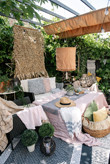Have you ever wondered how self-watering planters work and whether you should buy them? I have! Since receiving some of these planters to try out, I am now able to review these 2 types of self-watering planters from Lechuza.
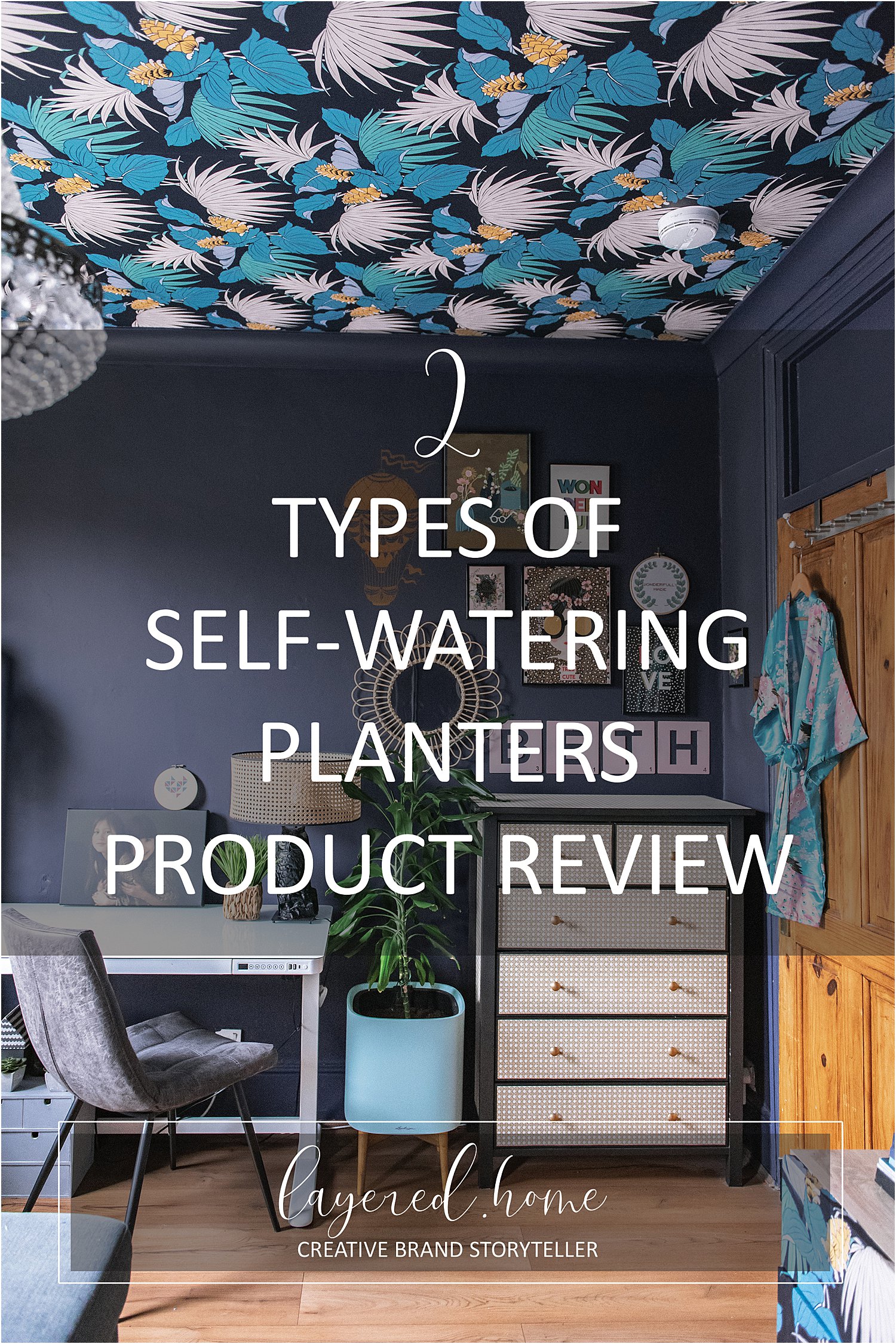
I have over 100 plants in my house, majority of which started as real living plants. Sadly over time, I kept killing some of these plants and as a result I’ve had to replace them with faux. Now the ratio is around 50-50 real and faux.
Why houseplants plants die
1. Overwatering is the most common cause of killing house plants. It makes their roots rot and their leaves start to go brown. I overwatered simply from worry of under-watering! How ironic!
But the struggle of knowing when to water and when to leave it for a bit is real! I have since learned to let the soil dry out a bit before overwatering. This seemed to do the trick.
However, the length of time the soil dries out depends on factors like the season and the amount of humidity in the house or if the central heating is on and whether the plant is thirsty and a fast-drinker or not.
As a domino effect, this means having to check on over 100 plants with various rates of watering demand! On top of everything else, this was a little bit much and I ended up losing plants every season.
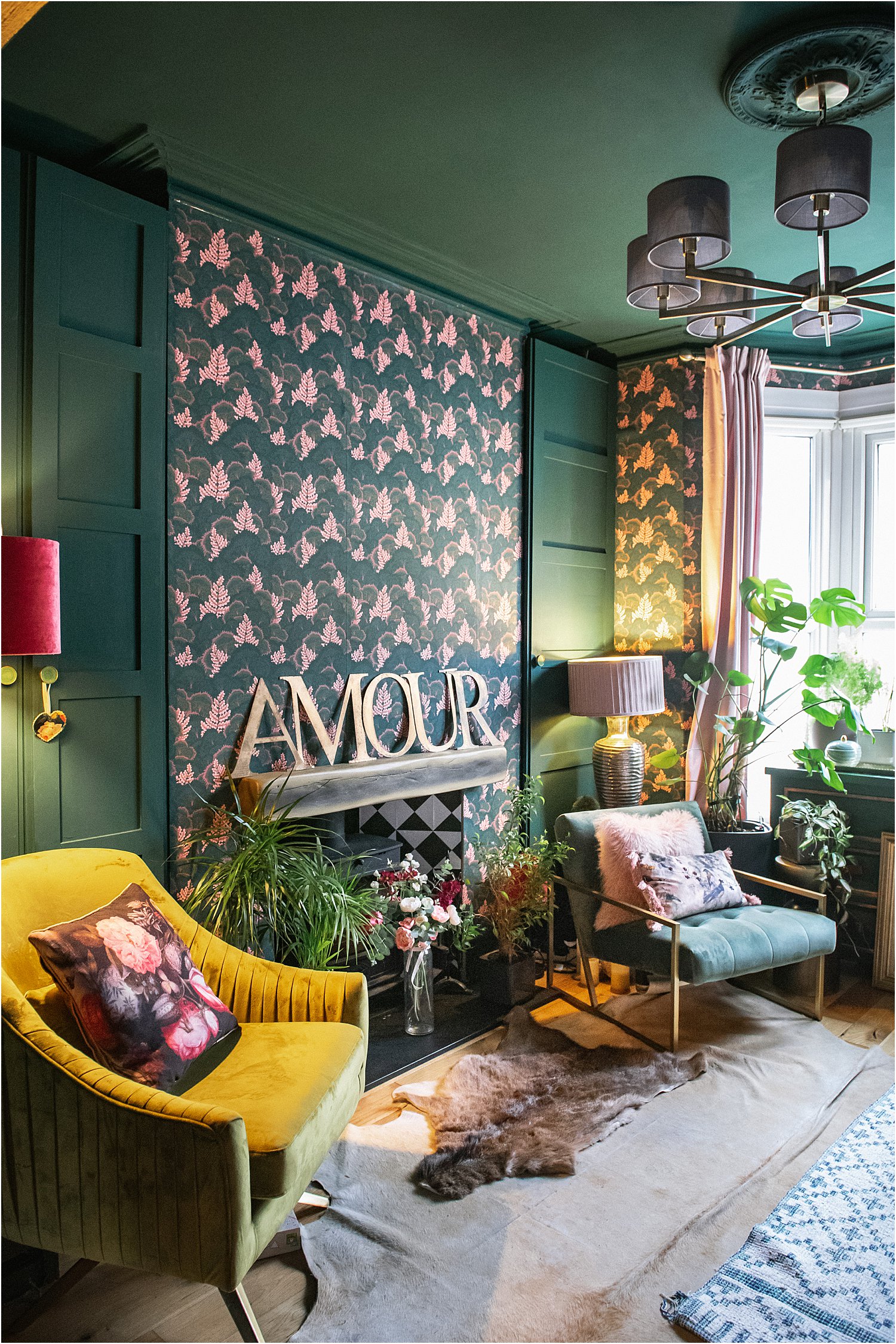
2. Under-watering is another reason but less lethal than overwatering. An under-watered plant will start to show distress with yellowing leaves and very dry soil.
But many plants often revive by watering again and by removing the yellow and dead leaves.
3. Outgrown its planter. Plants need repotting when they outgrow their pots. This often looks like the roots have grown quite big and fat and are compacted and shaped like the planter. This has happened to me a few times where I’ve had to break the pot to get the plant out.
When plants outgrow their pots, they need more nutrients that come from fresh compost or soil and air from a bigger pot.
4. Lack of sunlight. Plants need sunlight albeit varying amounts of light needed depend on the type plant.
Tropical plants tend to love being by the window with plenty of sunshine and lots of water too. Succulents require less watering and also like ample sunlight. Even plants that thrive with little sunlight like the devil’s ivy and mother-in-law’s tongue still require some amount of light.
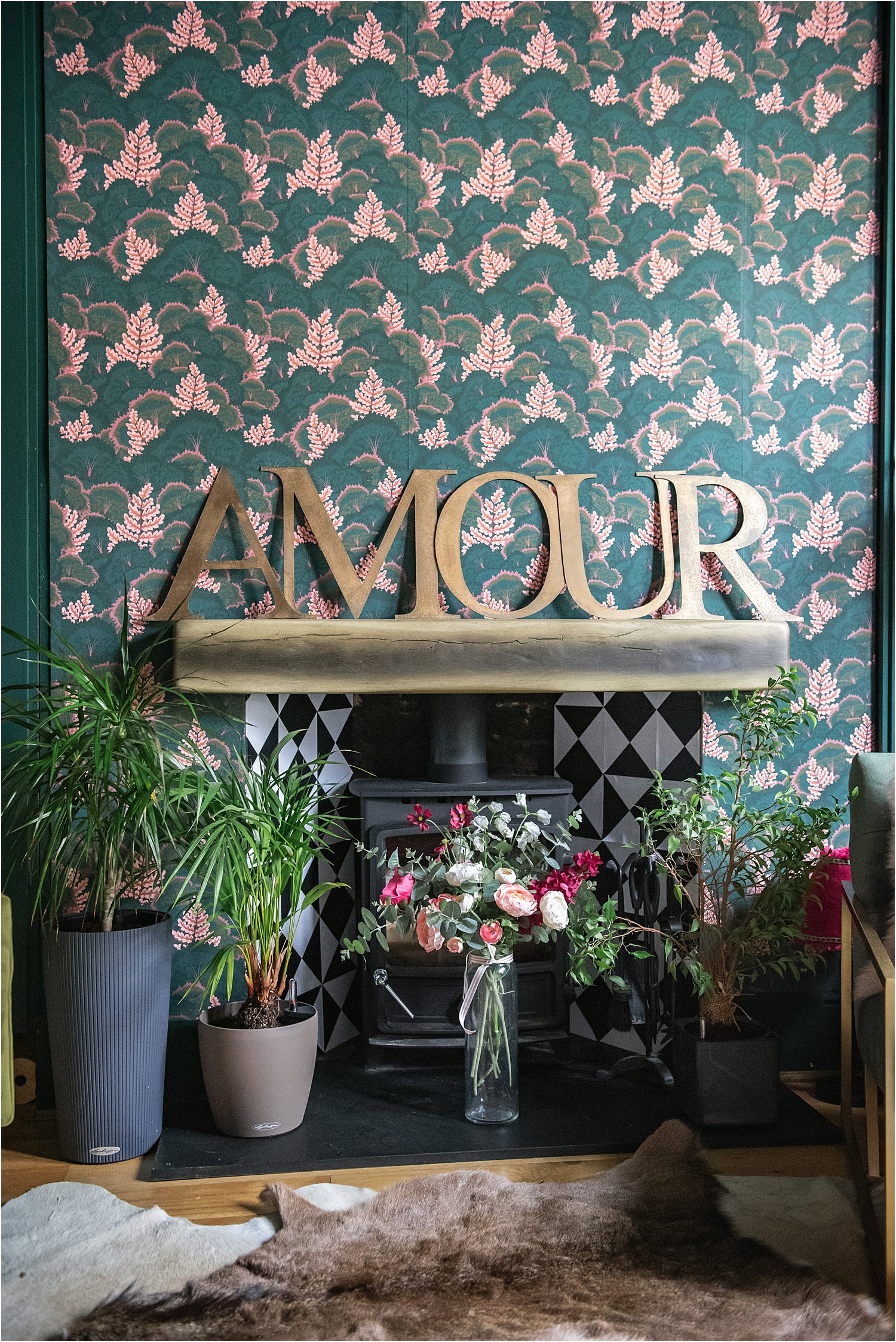
How self-watering planters work
Lechuza, a German brand, have a come up with a smart innovation for self-irrigation that solves all the above causes of plant death apart from lack of sunlight. It uses a simple but clever principle of long-term self-care that takes out the guess work from plant watering.
Let me explain how this works!
1. The planters come in various sizes, often generous to allow for more soil and air and therefore more nutrients.
2. A durable plastic liner sits inside the planter slightly above the bottom allowing space between the bottom of the planter and the bottom of the liner for water storage.
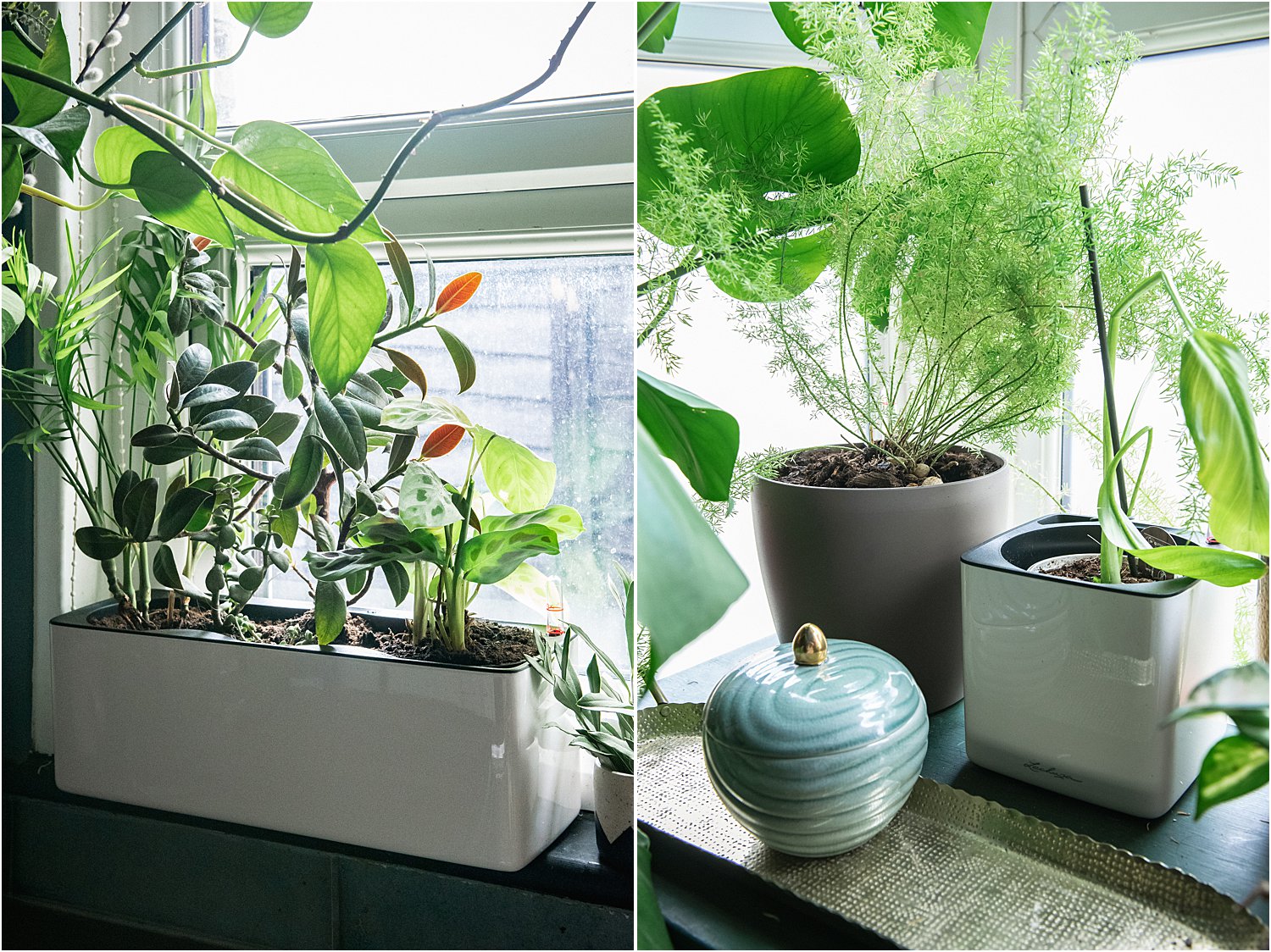
3. Each planter comes with a water indicator which tells you when it’s time to water the plant.
This water indicator is made up of a plastic stick attached to a bit of polystyrene foam which acts like a buoy.
Water pushes the buoy up to the maximum line when there is enough water. Conversely the buoy goes down and takes the stick to the minimum level when the water underneath needs topping up.
4. There is a reservoir next to the level indicator where you pour in the water every time the water level drops to minimum.
This means that water is drawn up from the roots up into the plant instead of from the soil down. For houseplants where planters usually don’t have a drainage hole, this is crucial for preventing root rot as the roots will only draw up water when it needs to and more importantly, it won’t be sitting in water at all.
2 types of self-watering planters
There are two types of Lechuza planters: one for smaller plants and one for bigger plants.
1. Smaller plant planters are ready to use!
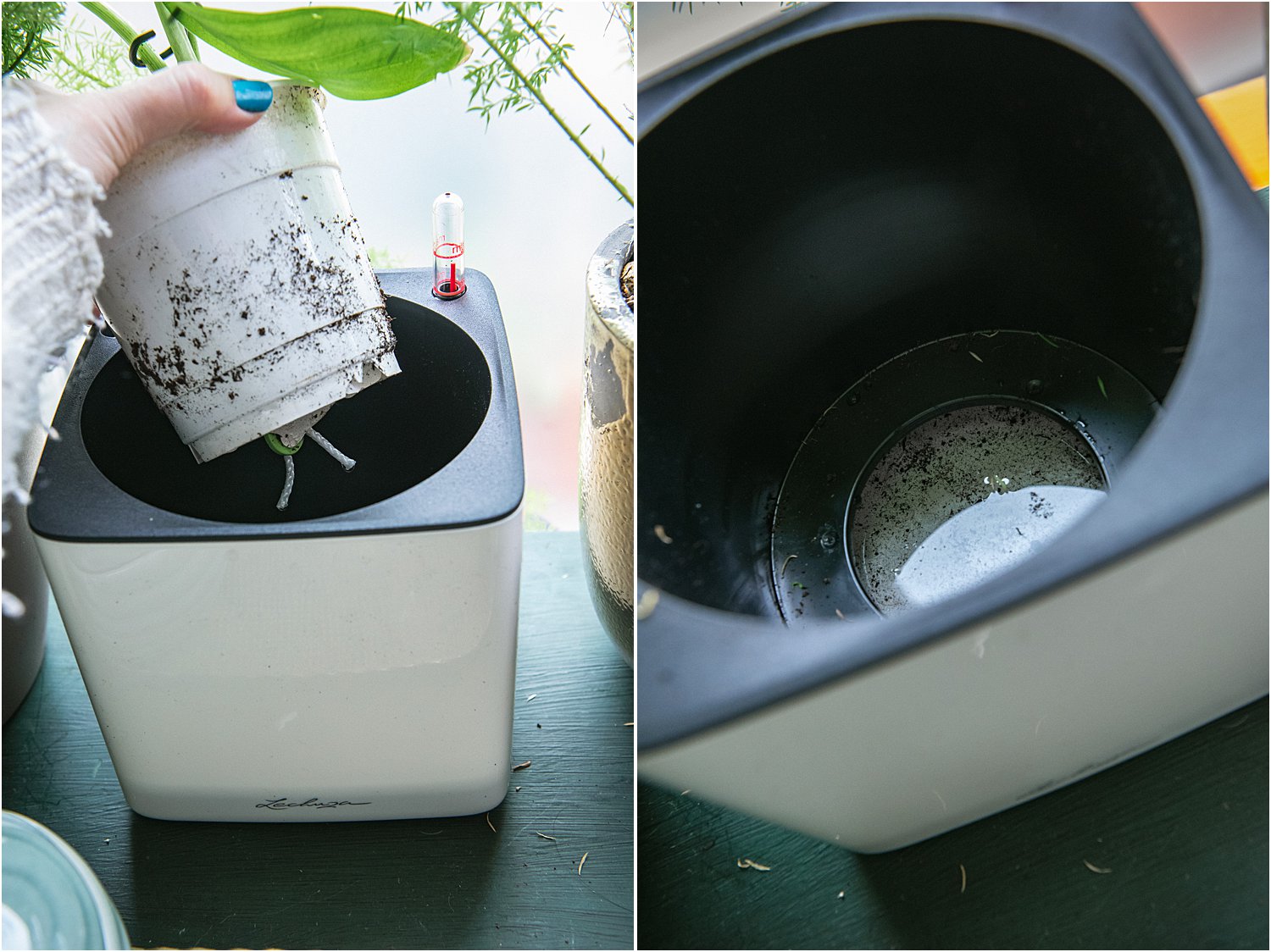
The plants sit in the plastic tubs they come with (like herbs for example) and you just put them inside the planter. The Lechuza planter for smaller plants come with a wick that is inserted through the bottom of the plant tub. This wick draws the water that sits between the liner and the plant pot into the plant roots whenever it needs water as shown in the photos above.
You will know when the water needs topping up via the reservoir through the water level indicator.
2. Bigger plant planters need establishing.
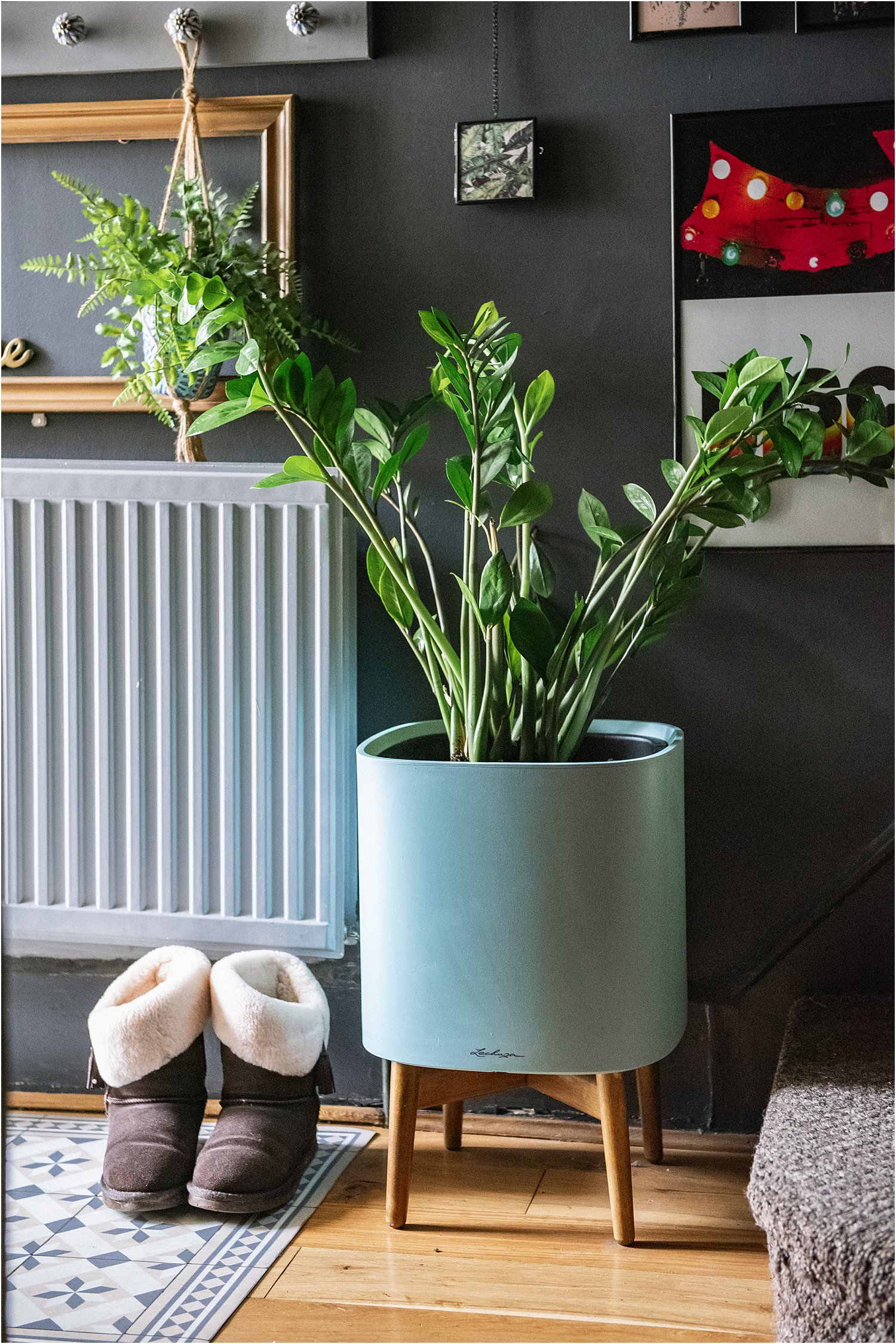
These planters for bigger plants come with a pure mineral substrate called Lechuza Pon which covers the inner liner. The plant sits directly on top of the Pon and you fill the remaining area with soil or compost.
This Pon substrate provides a balanced distribution of nutrients to the root area and allows the perfect water and air ratio so the plant gets enough of each along with a stable pH value. This reduces plant disease and fungus forming over time.
On planting your plant in these bigger Lechuza planters, you need to water the plants as normal pouring water over the soil from top down for 12 weeks. This is the growing-in phase.
After this, you can then start watering the plants via the water reservoir.
Over time this water dries out and when the water level indicator goes to minimum, it’s time to water the plant via the reservoir again.
It’s such a simple yet clever principle.
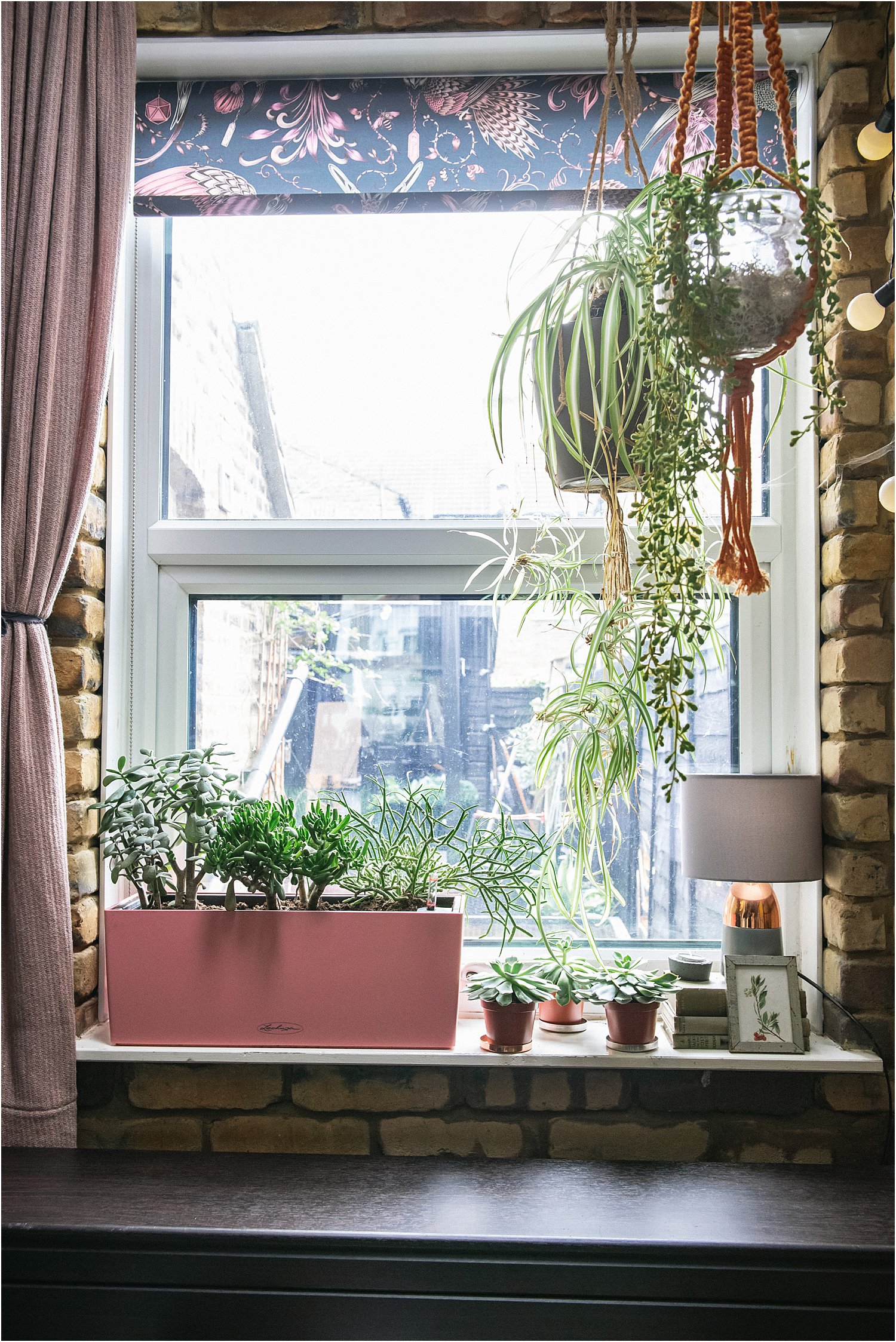
These Lechuza self-watering planters come in lovely colours and shapes such as these pastel blue and coral planters as well as white, nutmeg, brown, black and grey.
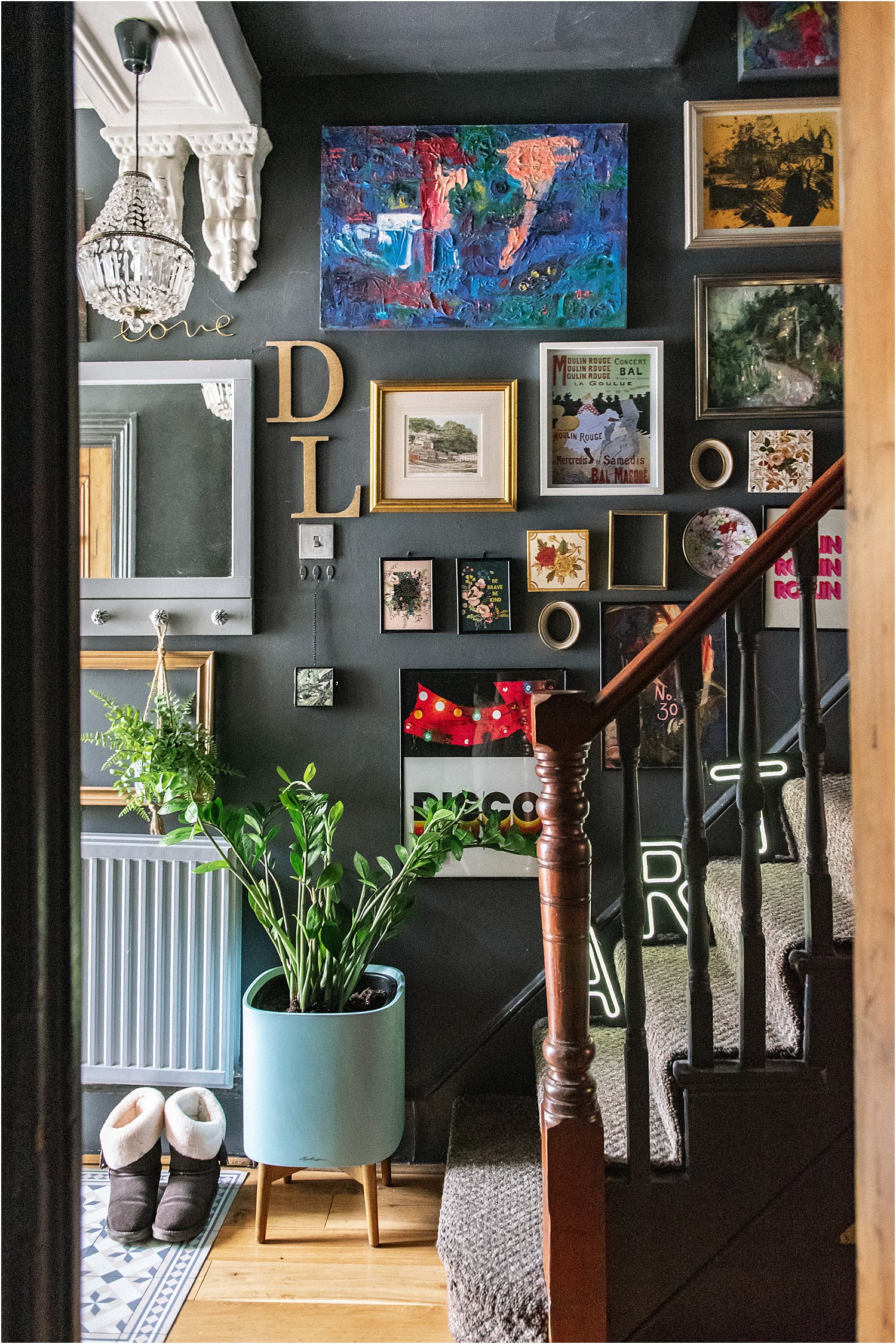
Since getting these self-watering planters my plants are looking much happier already! See here for a video demo of how to use the PILA planter.
I no longer worry about overwatering and under-watering. The only thing I need to think about now is whether my plants are getting enough sunlight especially on very dark days in my north-east facing home!
This post forms part of my collaboration with Lechuza. The opinions written here are my own honest views.
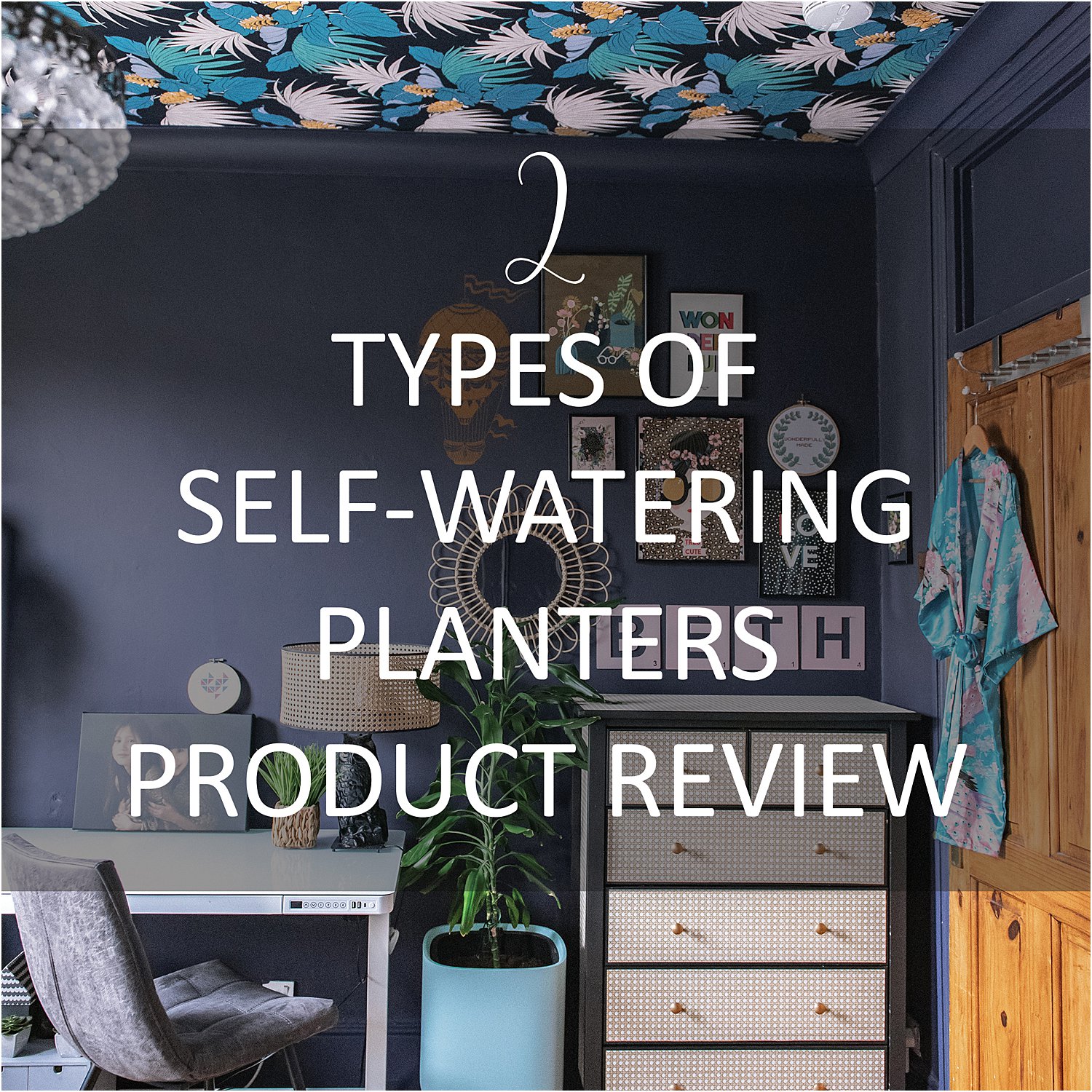
Don’t forget to download my free resources that will help you design your own interiors and grow your Instagram account! Let’s chat on Instagram Layered.Home and together get inspired!


